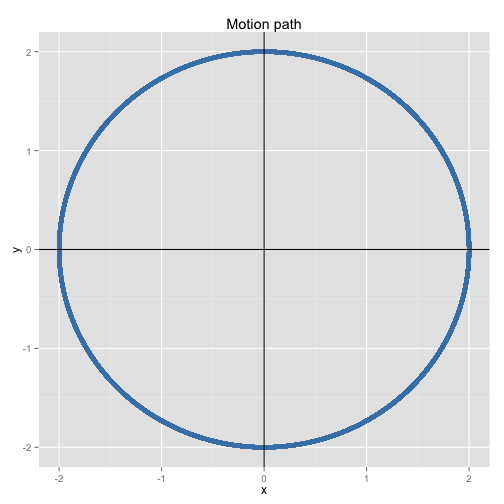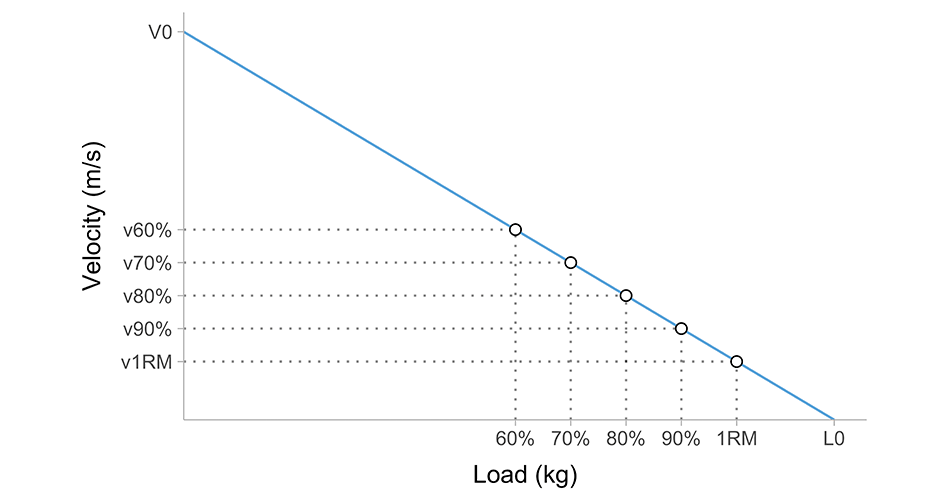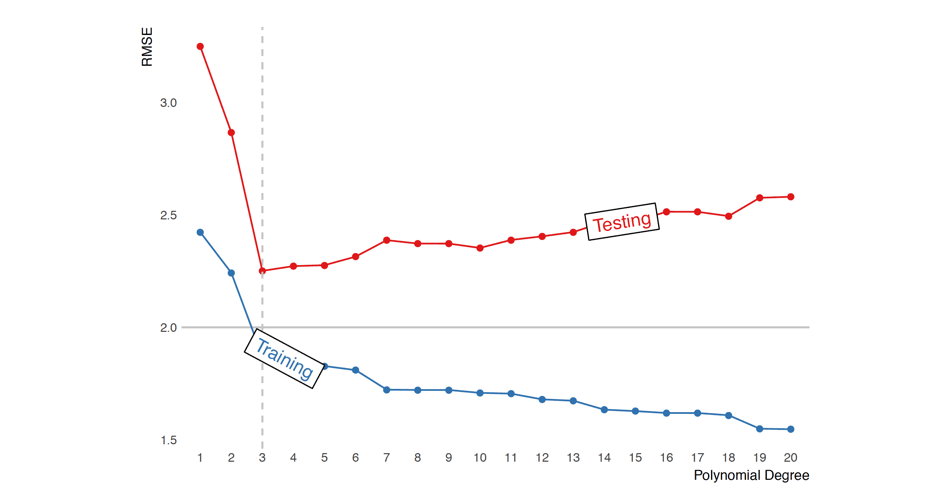Extending the Classical Test Theory with Circular Performance Model
Classical Test Theory (CTT) is a common model used in sport science (whether you are aware of it or not). For example, validity and reliability analysis are built on top of CTT and its assumptions. In short, CTT assumes three ‘constructs’ with (linear) additive relationship:
Observed Score = True Score + Error
True score is some type of a Platonistic, unobservable, latent, constructs. The error is usually represented with two components: systematic component and stochastic component. Assuming “parallelism” and “stability” of the True score, systemic component represent stable or fixed difference. Stable here refers to the same quantity across observations. Stochastic component, on the other hand, is ‘random’ or variables, but with the known distribution. This distribution is commonly Gaussian (Normal) with the mean of 0 and standard-deviation, that represents a parameter of this component.
The CTT is not without issues. One of the main issues is the assumption of stability, parallelism, ergodicity and others.
In the video below, I will go more into these details and also provide an extension of this model, which I termed Circular Performance Model (CPM). CPM, in my opinion, better represent performance phenomenology we experience as coaches and athletes.











Responses